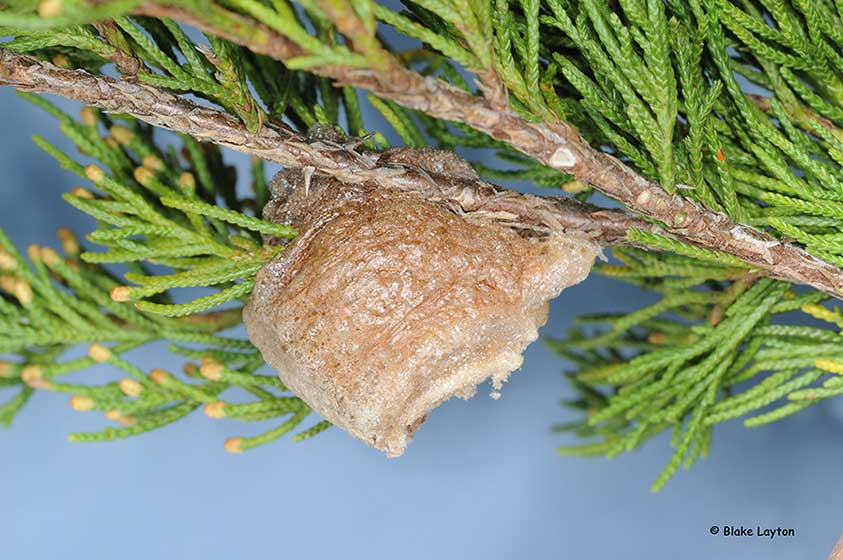Chinese Mantid ootheca Vol. 2, No. 34
Related News
November 14, 2013
November 13, 2013
October 25, 2013
October 1, 2013
September 10, 2013


